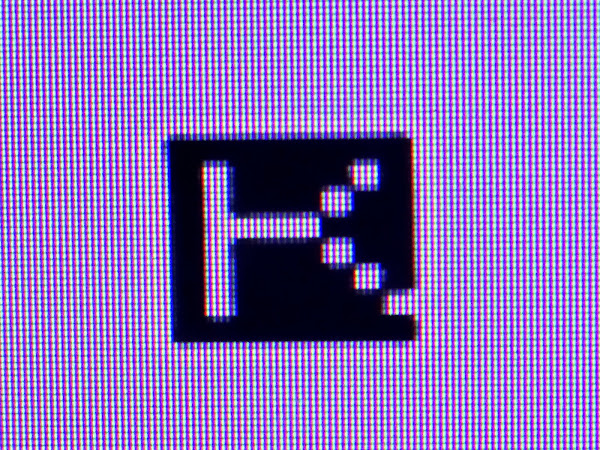It’s worth comparing the Apple 1 with the Apple 2 to gain some insight into home computer design at the time. And also to look back at the TV Typewriter cookbook, for some perspective before the CPU era.
The Apple 1 was a TV teletype and a computer crammed onto the same mainboard, but otherwise still conforming to the usual standard.
The Apple 2 was a video graphics display with a CPU on the same bus as its RAM.
Consider that before the CPU era, the teletype was off-the-shelf hardware. So it made sense to design a computer that simply interfaced with that, rather than worry about the rather complex task of generating a video display and programming everything associated with that. The TV Typewriter Cookbook showed a way to make your own much more practical TV teletype, as an alternative to more expensive options.
But still, it was obvious that a less expensive home computer would be possible by adding a CPU to a video display generator rather than separating the tasks and putting some sort of serial interface between them.
So, that’s what the Apple 2, TRS-80 Model I, and PET 2001 did. They were all essentially video display generators with a CPU. The Apple 2 avoided snow by demanding fast RAM and alternating cycles to be used by CPU and video. But the other two initially just lived with snow.
Viewed in this context, the ZX-80 was just a really extreme examples of minimizing the component count, at the expense of not even trying to drive the display at the same time as CPU work. It was worse than just some snow, the entire display would lose its sync signals, resulting in nauseating display “rolling” whenever the CPU was done doing work and the computer spun up generating a display again.
It’s interesting that it worked at all, but it was never going to be a path to practical cheap home computers like a video chip. The VIC-20’s video chip included both video and sound, as well as some I/O. Its successor, TED, tried to cram in even more I/O functionality into a single chip - but it was evidently too much and it had problems with heat and such.
The basic thing, though, is that custom chips may cost more to initially develop, clever re-use of off-the-shelf chips just is never going to be able to do as much or as inexpensively (for a mass produced product, where the initial development cost is amortized).
